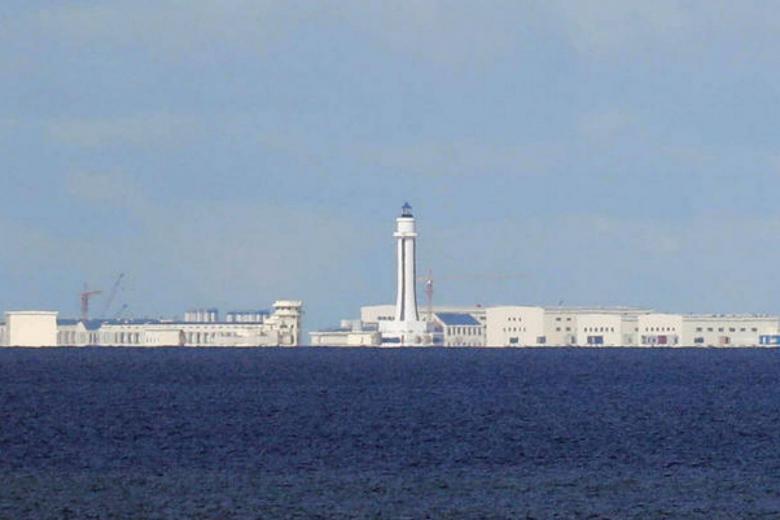Asean and China have finally moved closer towards enacting a code of conduct in the South China Sea, four years after official talks began.
Both sides agreed on the draft framework of the code last week during a senior officials' meeting in China.
But it also emerged that the code may not be legally binding, contrary to what Asean has long envisaged.
That matter would be an area for discussion in future negotiations, said Chinese Vice-Foreign Minister Liu Zhenmin.
The revelation has raised some eyebrows.
Some say if the final code of conduct is not enforceable, then it is no different from the Declaration on the Conduct of Parties in the South China Sea (DOC) that Asean member states and China signed in 2002.
Among other things, the non-binding DOC discourages signatories from aggressive actions and bars construction of new structures in the contested region that could spark armed conflicts.
China and four Asean countries - the Philippines, Vietnam, Malaysia and Brunei - have overlapping territorial claims in the South China Sea, a vital international shipping route.
Last month, Asean Secretary-General Le Luong Minh said the code of conduct must be legally binding so as to prevent and manage "unilateral actions" such as land reclamation and militarisation in the South China Sea, in a pointed reference to China's activities there in recent years.
Observers say the code should also include dispute-settlement mechanisms, which the DOC lacks, for it to be effective.
The code's draft framework will be put up to Asean and Chinese foreign ministers for endorsement at a conference in August.
Only then will the long process of fleshing out the contents of the code begin.



